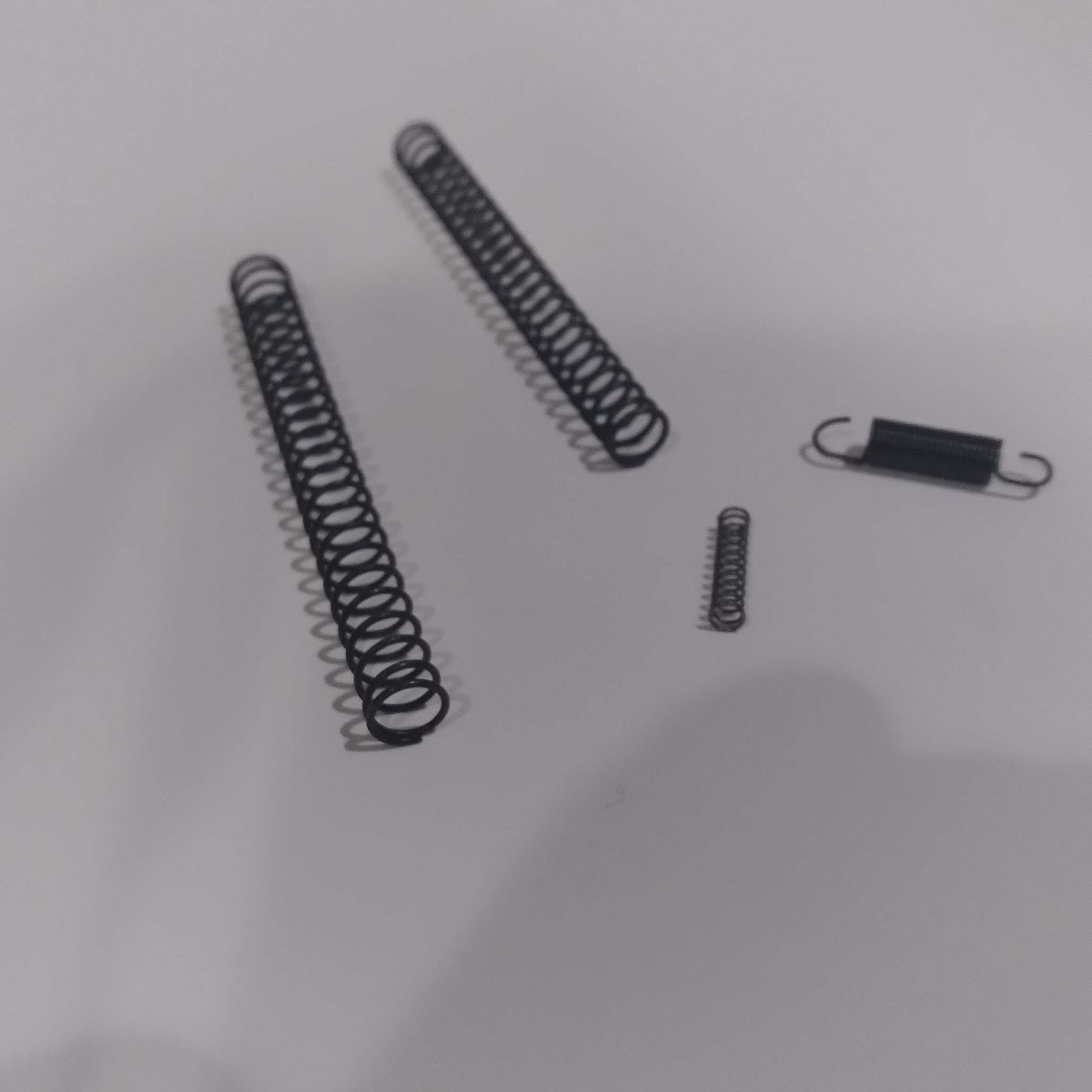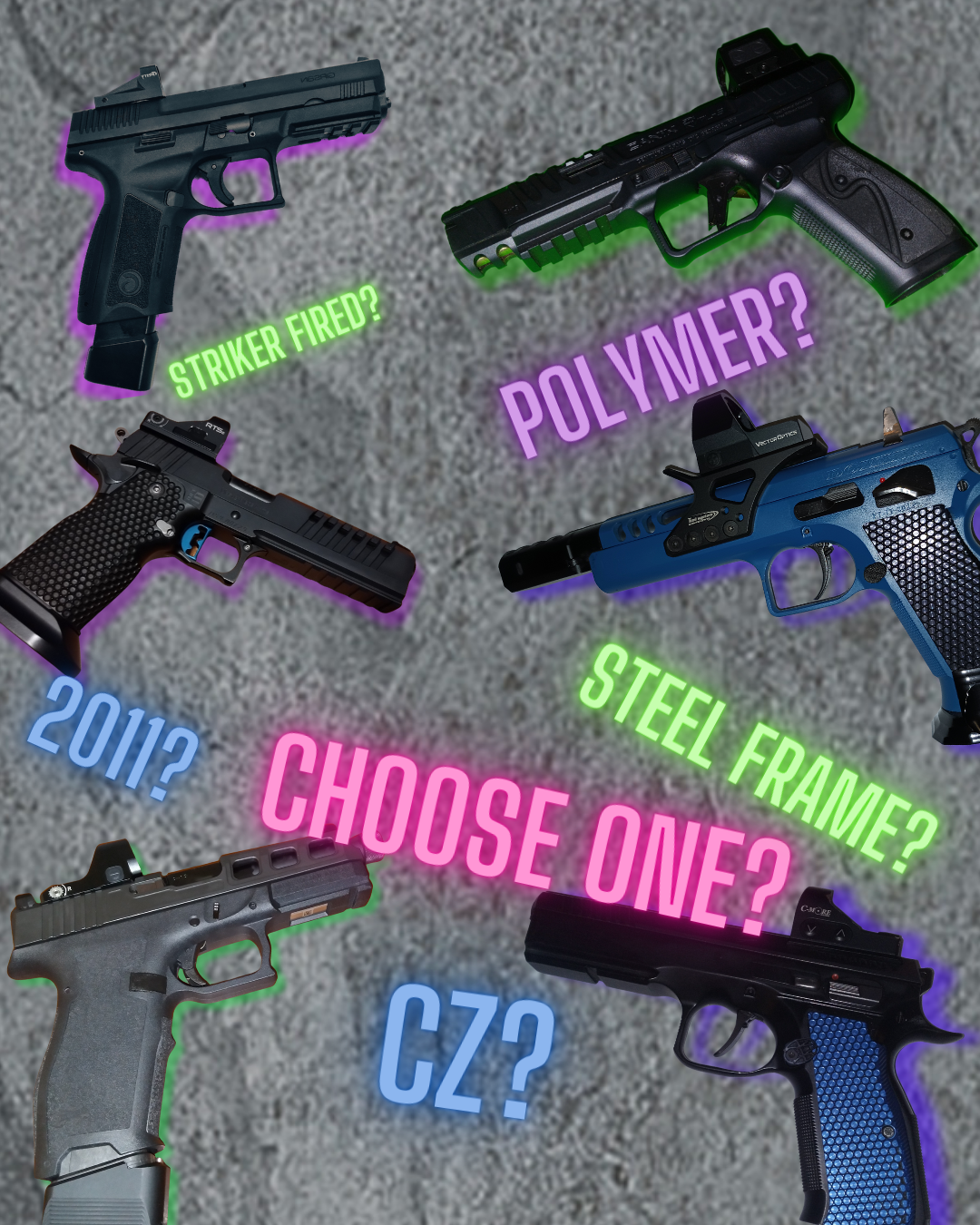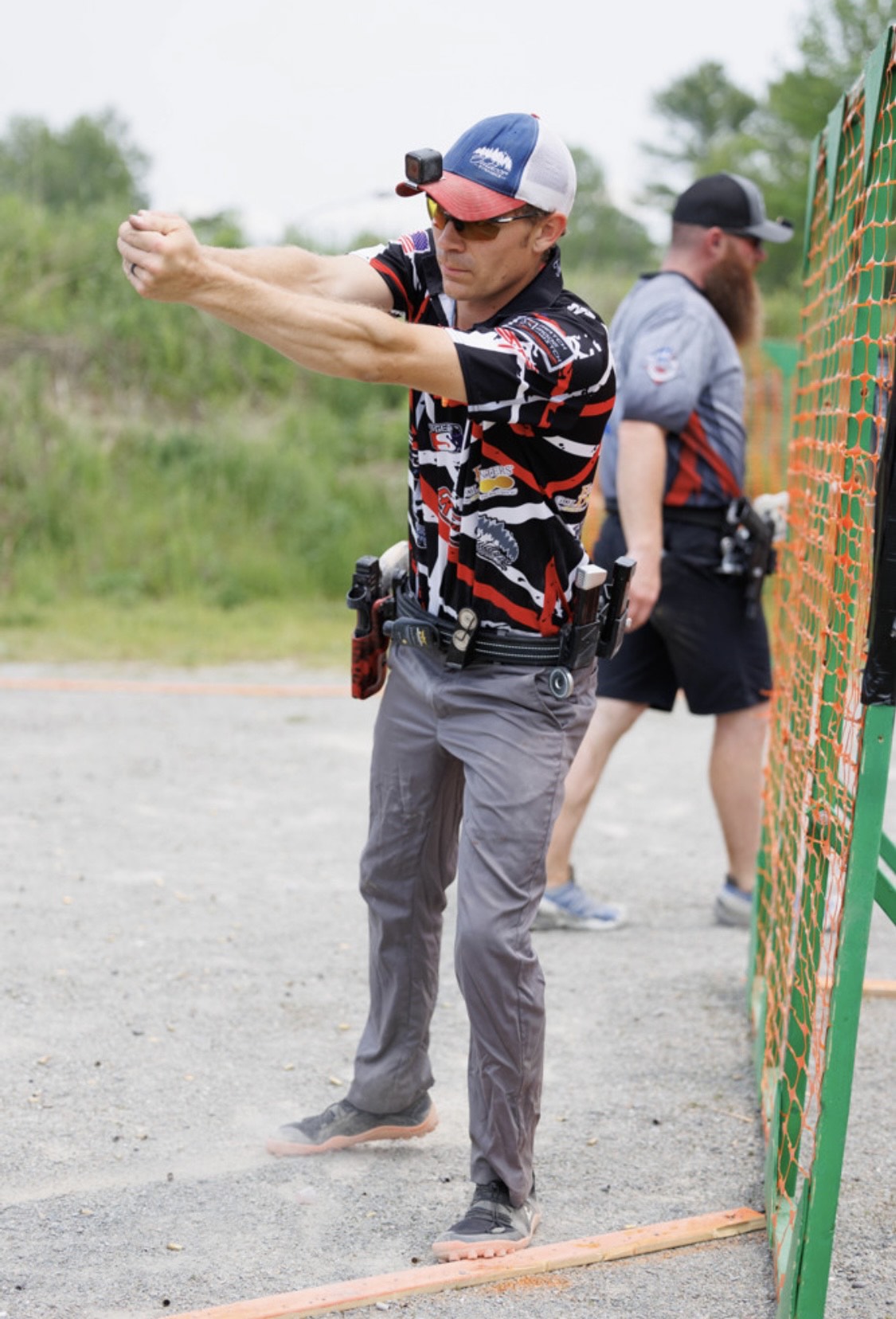
The Overlooked part of Winning
Often times in competitive shooting there is always someone whose got a gun they’ve been tinkering with & haven’t had time to go to the range to test it but they wanted to come to shoot the match or they did a hotel special, like hastily installing a new trigger or sight, the night before nationals start. These are bad ideas.
Why Are These Bad Ideas?
Importance of Reliability:
This plays into multiple areas of match performance. The most significant area you won’t realize it will affect is your mental game. How is this going to affect your mental game? It will affect your mental game by taking some of your focus away from the match because some of your mental focus is transfixed on: Is the gun going to run today? If it doesn’t run, this often snowballs into trips to the safe areas and time spent trying to band-aid the situation to make the best of it. The time spent in the safe area takes away from loading mags, stage walk-throughs, and watching the other shooters run the stage. It puts you at a mental disadvantage overall. If the gun does work, then you are happy & you are still mentally transfixed on it working, which is still a mental distraction. No mechanical gain is going to make up for the mental distraction.
Tuning Your Gun for Optimal Performance VS. Finding the Balance: Avoiding Over-Tuning
Tuning your gun for optimal performance with your grip & your ammo might not be a reliable combo for long-term use. We have watched people make a gun completely unreliable by short-stroking the recoil system, cutting coils & adding recoil buffers because that is how the gun doubles best with their combo of factors. But it doesn’t run if the gun is dirty or stuck in a small port; it doesn’t run. Yes, You’ve optimized performance but over-tuned everything & the gun no longer functions with typical match demands. But man, it doubles like a dream. At about the 75% mark of where a lot of people want to tune their gun to, the gun is pretty well tuned up & doesn’t require the Maintenance schedule of an exotic car & recoils back to the same spot, and has a sub 3lb trigger.
Matching Gun to Ammo and Shooter & The Power of a Dumb Reliable Gun
Not all guns like all ammo or even bullet profiles or powder charges. your grip can have affect on this as time goes & you learn or develop your abilities you may change your ammo combination which in turn lead to you needing to change striker springs/ hammer spring or recoil springs maybe both will have to be changed. a simple change in oal can have big affect on your sights coming back on target how is this so? an increased overall length will change the feed angle & drag caused by stripping the next round out the mag.
Key Maintenance Considerations
Most competitive Shooter use there guns more in a year than they get used by most customers in a life time.
- Firing pin block/ Striker plunger spring every 6 months! This a safety feature that keeps the gun safe…
- Trigger return springs once a year
- Recoil spring if its super light for application you may need to change it every 1k rds or once a month most are every 6 months
- Mag Springs every 6 months/ every 5k (this also depends on mag total)
- Hammer Spring/Striker spring Every 6 months or 5k rounds

Competitive shooting demands precision, reliability, and an understanding of the intricate relationship between guns, ammunition, and shooters. As one fine-tunes their firearm, finding the balance between performance & expectations, the need for meticulous maintenance diminishes, and the gun effortlessly returns to its position with a sub 3lb trigger. However, it is essential to acknowledge that not all firearms are compatible with every ammo or shooter, necessitating adjustments in striker springs, recoil springs, or overall length. Regular maintenance is indispensable in unlocking the path to victory in competitive shooting.
-
Product on sale
 Glock Gen 4 & 5 Recoil Springs$9.99 – $32.33
Glock Gen 4 & 5 Recoil Springs$9.99 – $32.33 -
Product on sale
 Gen. 5 Pro Competition Spring kitOriginal price was: $29.99.$25.99Current price is: $25.99.
Gen. 5 Pro Competition Spring kitOriginal price was: $29.99.$25.99Current price is: $25.99. -
Product on sale
 G43 GUIDE RODOriginal price was: $35.99.$29.99Current price is: $29.99.
G43 GUIDE RODOriginal price was: $35.99.$29.99Current price is: $29.99. -
Product on sale
 Gen. 5 Competition Spring kitOriginal price was: $21.99.$17.99Current price is: $17.99.
Gen. 5 Competition Spring kitOriginal price was: $21.99.$17.99Current price is: $17.99. -
Product on sale
 Gen. 4/ Gen 5 G17/22/47 Stainless Steel Guide Rod$49.99 – $69.99
Gen. 4/ Gen 5 G17/22/47 Stainless Steel Guide Rod$49.99 – $69.99 -
Product on sale
 CZ 75 Hammer Spring$7.00 – $30.99
CZ 75 Hammer Spring$7.00 – $30.99 -
Product on sale
 Canik Striker Spring$19.99 – $39.99
Canik Striker Spring$19.99 – $39.99 -
Product on sale
 Gen. 3 G17/22/24/31/34/35/37 Guide rodOriginal price was: $32.99.$26.99Current price is: $26.99.
Gen. 3 G17/22/24/31/34/35/37 Guide rodOriginal price was: $32.99.$26.99Current price is: $26.99. -
Product on sale
 Walther PDP SF Guide Rod$38.99 – $49.99
Walther PDP SF Guide Rod$38.99 – $49.99





 As an instructor, former MD, and competitor, I have noticed that one thing remains the same from beginner to advanced shooters. What is most comfortable in YOUR hands will be the most comfortable and consistent for YOU to shoot. In turn, on a topic of growth, you'll find a more direct correlation of progress with a gun that is naturally comfortable to you over something that isn't. Don't expect a price tag to produce progress you haven't worked for! But also remember reliability is equal as well; it must work as well as be comfortable, whether it is a $500 Glock or $5,000 2011. Guys and Gals have won championships with everything from Glocks, Sigs, Walthers, Caniks, and 2011s. So, remember, the type of gun used doesn't make the shooter, but the connection between gun and shooter can. One saying I always loved was, "Go ahead and get that 2011; someone out there is still going to beat you with a plastic gun". This means that someone who's comfortable with that plastic gun will not succumb to your new imaginary skills just because you finally own that 2011 you're not yet comfortable with.
As an instructor, former MD, and competitor, I have noticed that one thing remains the same from beginner to advanced shooters. What is most comfortable in YOUR hands will be the most comfortable and consistent for YOU to shoot. In turn, on a topic of growth, you'll find a more direct correlation of progress with a gun that is naturally comfortable to you over something that isn't. Don't expect a price tag to produce progress you haven't worked for! But also remember reliability is equal as well; it must work as well as be comfortable, whether it is a $500 Glock or $5,000 2011. Guys and Gals have won championships with everything from Glocks, Sigs, Walthers, Caniks, and 2011s. So, remember, the type of gun used doesn't make the shooter, but the connection between gun and shooter can. One saying I always loved was, "Go ahead and get that 2011; someone out there is still going to beat you with a plastic gun". This means that someone who's comfortable with that plastic gun will not succumb to your new imaginary skills just because you finally own that 2011 you're not yet comfortable with.


 Why would someone dry fire every day, even for only a few minutes? I will cover some reasons for doing this and the skills I prioritize. All of this comes from the perspective of a competitive shooter who wants to develop the skills and confidence to perform at the top end of my ability, on demand, in competition. First, the specific skills I practice and how I train them matter far less than the regularity with which I handle the pistol. Training every day builds a deep familiarity and connection to the gun, allowing me to look at a small spot and present the dots/sights to that spot without thinking specifically about how to do this. That is the main benefit of handling my competition pistol every day, regardless of whether it’s for 5 minutes or 50.
Why would someone dry fire every day, even for only a few minutes? I will cover some reasons for doing this and the skills I prioritize. All of this comes from the perspective of a competitive shooter who wants to develop the skills and confidence to perform at the top end of my ability, on demand, in competition. First, the specific skills I practice and how I train them matter far less than the regularity with which I handle the pistol. Training every day builds a deep familiarity and connection to the gun, allowing me to look at a small spot and present the dots/sights to that spot without thinking specifically about how to do this. That is the main benefit of handling my competition pistol every day, regardless of whether it’s for 5 minutes or 50. The skills I maintain focus on developing are simple: draws, reloads, and target transitions. There are obviously variations to all of these skills; for example, the draw is not always “wrists below the belt,” but it could be a table start or hands starting on a wall; this principle of variety applies to any skill in working on. Overall, Allowing myself the opportunity to train every day without the pressure to have an entire 45-minute session makes it far more likely that I actually handle the pistol every day. Often, these shorter sessions become longer or even an additional dry fire session later in the day. Maintaining daily gun handling skills over Extended periods, such as years, has only had a positive impact on my shooting, and I’m sure it would be for anyone who wants to get better at shooting.I currently use the full-size 5” Walther PDP steel frame with a 14-pound flat wire spring and the Rune Tactical guide rod. I use CR speed for my belt and magazine pouches. I use a GX products Vice on a BOSS hanger for my holster.
The skills I maintain focus on developing are simple: draws, reloads, and target transitions. There are obviously variations to all of these skills; for example, the draw is not always “wrists below the belt,” but it could be a table start or hands starting on a wall; this principle of variety applies to any skill in working on. Overall, Allowing myself the opportunity to train every day without the pressure to have an entire 45-minute session makes it far more likely that I actually handle the pistol every day. Often, these shorter sessions become longer or even an additional dry fire session later in the day. Maintaining daily gun handling skills over Extended periods, such as years, has only had a positive impact on my shooting, and I’m sure it would be for anyone who wants to get better at shooting.I currently use the full-size 5” Walther PDP steel frame with a 14-pound flat wire spring and the Rune Tactical guide rod. I use CR speed for my belt and magazine pouches. I use a GX products Vice on a BOSS hanger for my holster.



